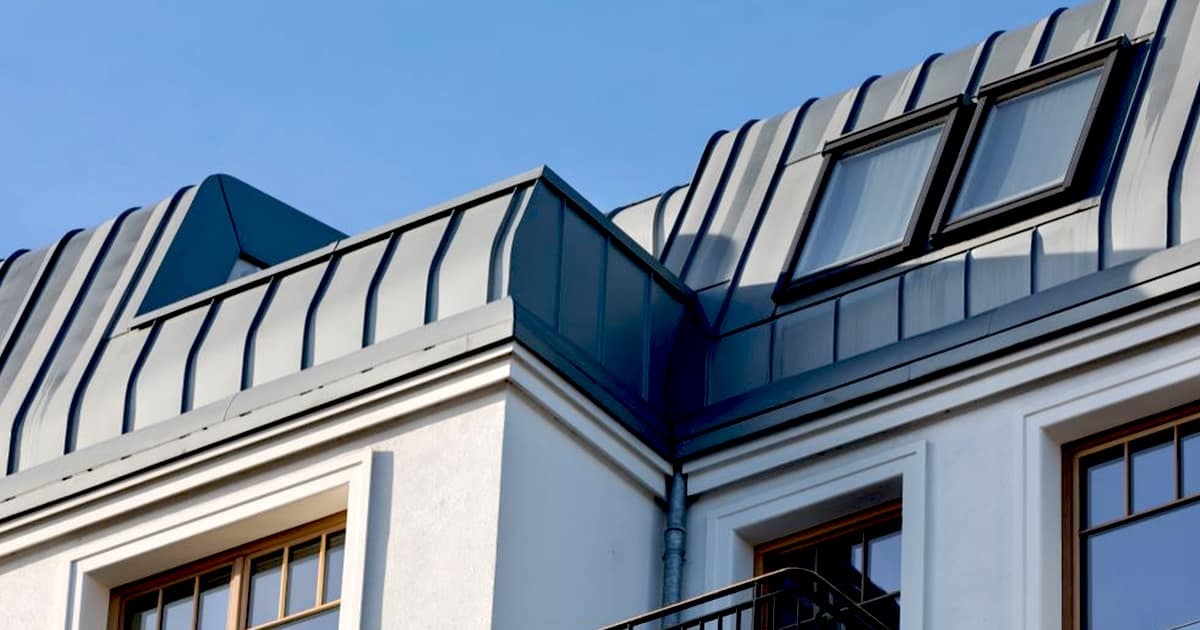Today’s corporate landscape features an unprecedented demographic mix: five generations coexisting under one roof. This demographic includes Traditionalists, Baby Boomers, Generation X, Millennials, and Generation Z.
Each group has distinct communication preferences, technology familiarity, and expectations around workspaces. This instance presents a unique challenge for companies planning office layouts and experiences.
Commercial interior design must evolve to reflect this diversity, delivering work environments that accommodate various workstyles, comfort levels, and technological engagement. The goal is not uniformity but inclusivity, creating spaces where all age groups feel equally empowered and productive.
Designing for Varied Workstyles
Traditionalists and Baby Boomers tend to value more private and quiet work environments. Enclosed offices or defined zones with acoustic control may be preferred for them. Generation X and Millennials lean towards collaborative spaces, hybrid work arrangements, and digital flexibility. Meanwhile, Gen Z, the youngest group, expects tech-driven environments with social integration and personal branding opportunities. Commercial interior design needs to strike a balance by offering a variety of spatial options: quiet rooms, open-plan hubs, communal lounges, and technology-supported pods. Instead of choosing one layout strategy, successful interior design projects layer multiple styles to satisfy different users within the same footprint.
Technology Integration Across Generations
Technology is a dividing line across generations. While Millennials and Gen Z are digital natives, older generations may find overly complex digital systems alienating. Interior design planners must therefore deploy technology in an intuitive, user-friendly way. Meeting rooms can include both digital booking systems and visible paper signage. Touchdown zones with wireless charging and device-agnostic connections should exist alongside clearly marked manuals and in-person IT support. Commercial interior design must avoid assuming that every employee is equally tech-savvy. Instead, successful workplace designs accommodate both digital fluency and transitional users.
Flexibility as a Unifying Principle
A flexible environment is the most effective way to cater to generational differences. Movable walls, modular furniture, and multi-use spaces allow employees to shape their work environments based on their comfort. This approach is especially vital in agile companies where roles shift frequently, and cross-generational teams collaborate. Corporate interior design strategies that embrace flexibility also future-proof the workspace. What works today may need to evolve next year, especially as new generations enter the workforce. Interior design corporate solutions must not only fit the present but also anticipate change with minimal operational disruption.
ALSO READ: A Comprehensive Guide to Office Spaces Design Ideas
Ergonomics and Wellbeing Considerations
Ergonomic design is no longer optional; it is a non-negotiable standard across all generations. However, older workers may require more ergonomic support, such as lumbar-friendly chairs, proper lighting, and screen distance considerations. Younger employees might appreciate more casual setups like standing desks or beanbag nooks. The integration of biophilic elements, calming colours, and wellness spaces benefits all generations. Commercial interior design must also address sensory and mobility needs, especially for ageing employees, through design elements like anti-glare surfaces, wide corridors, and easy navigation.
Promoting Intergenerational Collaboration
Interior design corporate strategies must facilitate not just individual productivity but also intergenerational collaboration. This approach can be achieved through well-placed breakout areas, neutral design language, and shared amenities like cafés and resource libraries. Design should encourage informal interactions, mentorship opportunities, and team-based project work. Avoiding generation-specific zones reduces workplace silos and fosters a more integrated culture. Corporate interior design that subtly encourages collaboration without forcing it helps maintain morale and knowledge-sharing across age groups.
Conclusion
Designing a workstation for five generations requires precision, adaptability, and empathy, rather than just compromises. Commercial interior design that is human-centric and responsive to generational needs gives companies a competitive advantage in talent retention, productivity, and workplace culture. Interior design teams must then consult deeply with HR, IT, and departmental leaders to ensure that office layouts reflect actual user behaviour and needs, not just trends. Remember, in a multi-generational workplace, inclusive design is strategic design.
Contact JD & Partners and let us transform your workspace with intelligent, inclusive, and adaptable interior design solutions.





